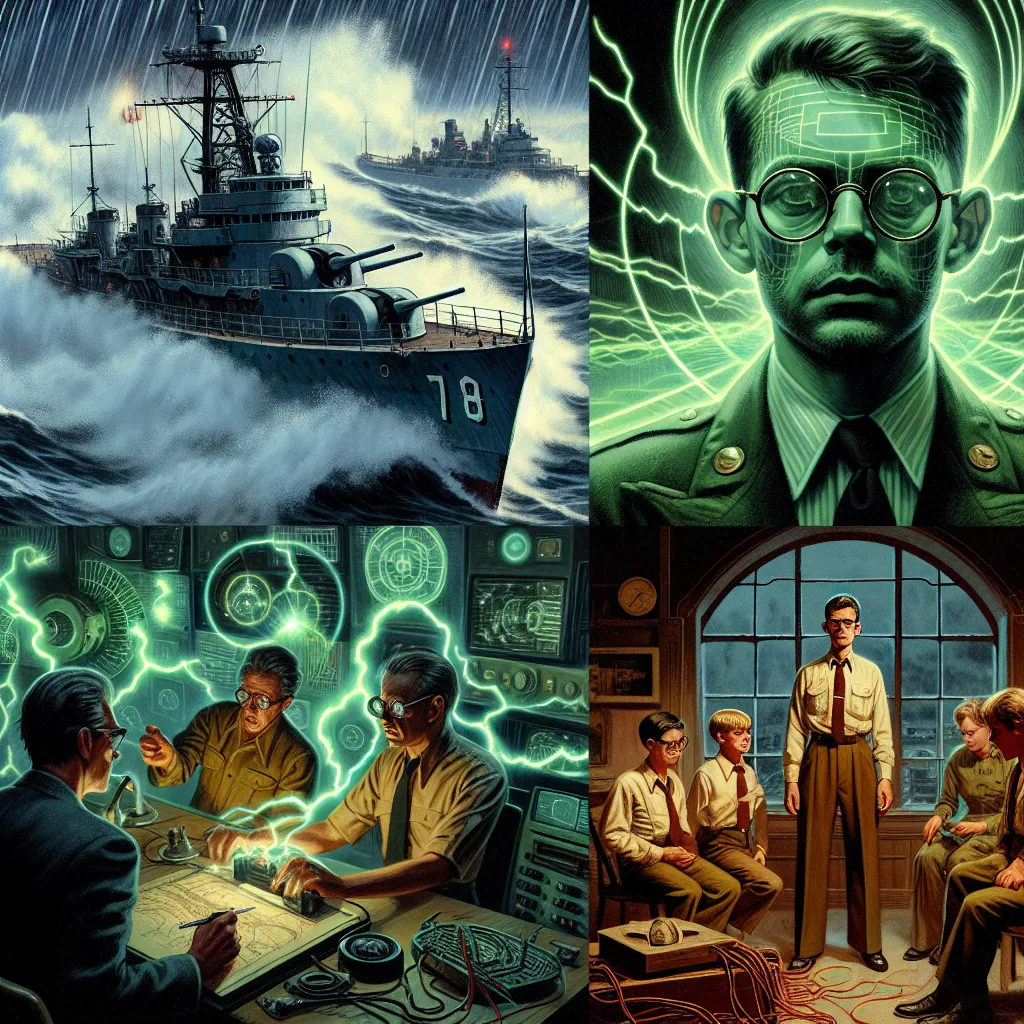Some monuments draw me into a kind of silent awe—not just for their dramatic scale, but for how they seem to quietly challenge everything I think I know about history and engineering. When I stand before them, or study their pictures and blueprints, the standard explanations fall short. How did their builders imagine and realize these structures with the knowledge and materials supposedly available? What inspired that absolute commitment to perfection, in stone and geometry, in mathematics and magic?
I find myself thinking, for example, about Puma Punku—a site whose puzzle-piece stones seem “laser” engineered, joined so seamlessly you can’t slide the thinnest card between them. Even today, master stonemasons would balk at shaping hard andesite with the tools those early people are thought to have used. The angles are perfectly sharp. The holes are drilled true. There’s no sign of chisel or mallet. So how did it happen? Was it trial and error over generations, or something lost to time? Did sacred geometry guide their hands, giving them rules about proportions and placement that we’re only now rediscovering? Or did their spiritual beliefs drive an obsession with making something that would last forever—a resonance with cosmic order so deep it dictated every cut and every fit?
I’m reminded of Nikola Tesla’s famous words: “If you want to find the secrets of the universe, think in terms of energy, frequency and vibration.” Puma Punku’s design hints at understanding of vibration, with stones that seem tuned to resonate as if in dialogue with the earth itself.
Malta’s prehistoric temples are another feat that deserves our wonder. At sites like Ħal Saflieni Hypogeum, the builders managed acoustic effects that mystify sound engineers now. Chanting or drumming in certain spaces amplifies, echoes, and harmonizes with frequencies linked to altered consciousness—a phenomenon some call “the Oracle Effect.” Was this intentional? Did they discover through ritual and experiment that stone shapes could change how prayers were heard, or how visions were received? Or is this only coincidence—a lucky result of design born from utility?
Here, a quote from Sir Arthur Evans comes to mind: “The test of civilization is not merely the capacity to build great structures, but the wisdom to infuse them with meaning.” The temples are not merely stone shelters; they are spiritual instruments.
The mathematics often hidden in these buildings fascinates me most. In the Egyptian pyramids, proportions echo key numbers: pi, the golden ratio, the number 432 and its multiples—all linked in ancient traditions to cycles of nature and consciousness. Many scholars debate whether these connections are intentional or mere coincidence. Yet the evidence stacks up: the length of the base divided by the height is astonishingly close to pi. The angles correspond with solstice sunrises and star paths, suggesting architects used astronomy alongside sacred geometry to encode cosmic events in architecture.
I wonder: Did initiates learn this geometry as part of spiritual training? Was the process of building a temple a kind of living ritual, each measurement a prayer in stone? In India’s Ellora Caves and Kailasa Temple, the entire mountain was carved top-down, leaving ceilings and pillars as one monumental sculpture. The work shows planning so advanced, mistakes would have destroyed the whole project—yet the builders prevailed. What gave those master artists confidence to sculpt downward, locking structure and beauty together from solid rock?
Mark Twain once wrote, “Architects cannot teach nature anything.” Yet these ancient builders seemed to understand stone and earth better than any later civilization. Did they intuit the secrets of weight and fracture, or did they have lost methods—sound waves, chemicals, systems of leverage—now erased from our history books?
Other examples ripple across history: Sacsayhuaman in Peru, constructed with boulders fitting together tightly, often without mortar. Weather and time barely touch it. Some local guides claim the stones were softened with unknown plant extracts, shaped like clay instead of chipped with tools. Skeptics scoff, but the question remains—how were builders able to move and set stones weighing up to 200 tons, across steep mountain terrain? Did their religious beliefs drive them, or pure technical genius?
The impact of these wonders on human consciousness is another layer I find compelling. Many, like Stonehenge, align with solstice sunrises and lunar standstills—moments when the cycles of time and spirit intersect in ritual. Could these sites be tools for tuning awareness, helping worshippers synchronize with forces beyond ordinary life? “The stone circle is the visible form of an invisible force,” wrote John Michell, suggesting that sacred geometry frames not just physical space but inner experience.
Perhaps all this engineering genius cannot be separated from myth and meaning. Ancient builders likely saw little divide between geometry, spirituality, and psychology. In Egypt, the afterlife was mapped in stone; in Peru, mountains became temples; in Malta, underground chambers echoed prayers as if stone and spirit could merge in sound.
Even today, these monuments speak to us in riddles. Their technical feats—seamless joins, astronomical precision, perfect acoustics—draw tourists and researchers alike, challenging us to rethink what “primitive” really means. Sometimes I wonder what future generations will find impossible about our era. Will any of our buildings last, or will our understanding of matter and consciousness seem childish next to ancient wisdom?
Questions linger: Why do so many of these structures share similar geometry, despite vast distances and no known contact? Is there evidence for a global exchange of sacred principles—or did early humans everywhere tap into universal truths by paying attention to patterns in the sky, the seasons, the body, and the mind? Did they believe consciousness could be affected by architecture, or that buildings could act as bridges between worlds?
Leonardo da Vinci once said, “Where the spirit does not work with the hand, there is no art.” The world’s sacred structures prove that the hand and spirit have worked together—through calculation and devotion—to create monuments that defy explanation.
So next time you see photos of these impossible wonders, ask yourself: What drove someone, thousands of years ago, to move a mountain, carve an echo into stone, marry math to worship? What knowledge did they have that we’ve forgotten, and what secrets are still waiting as stone keeps its silent watch over memory, spirit, and time itself?






